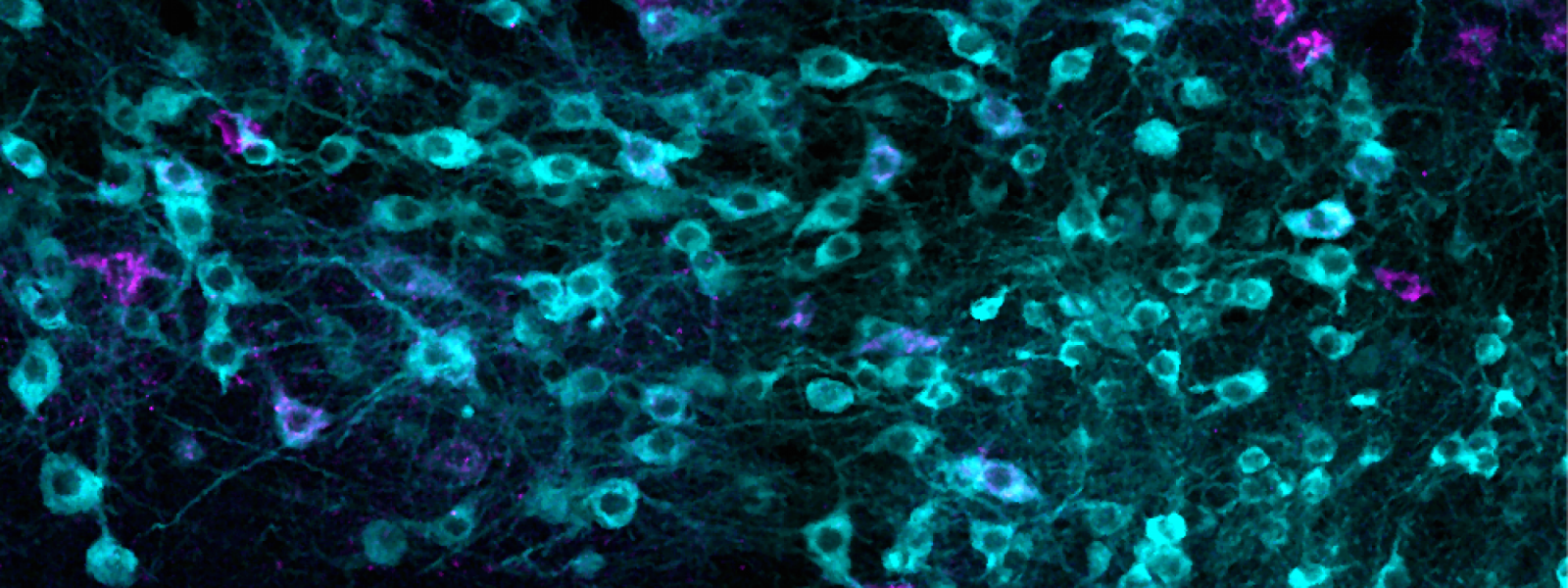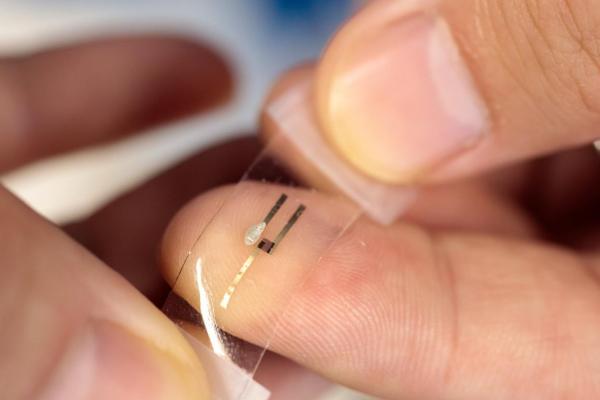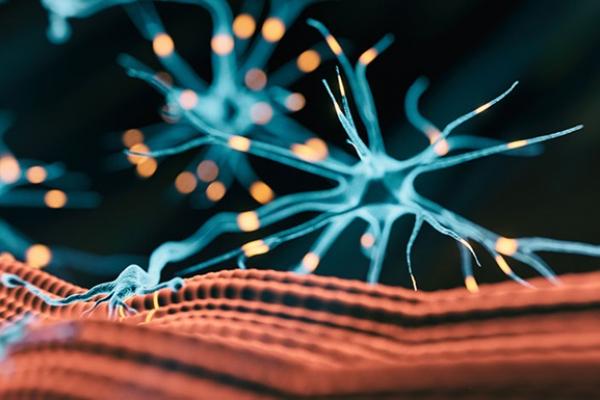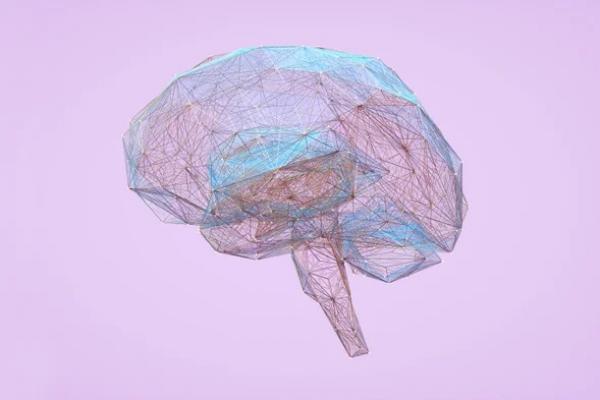
Researchers led by assistant professor Wilma Bainbridge at UChicago have found that personal moments captured via social media allowed them to map out a multidimensional topography of memory—and it could open up new venues for exploring memory.

Sign up for our Neuroscience Newsletter to receive articles as soon as they're posted.






Sign up for our Neuroscience Newsletter to receive articles as soon as they're posted.
© 2024 The Neuroscience Institute. All Rights Reserved. Web Design by EDUCO